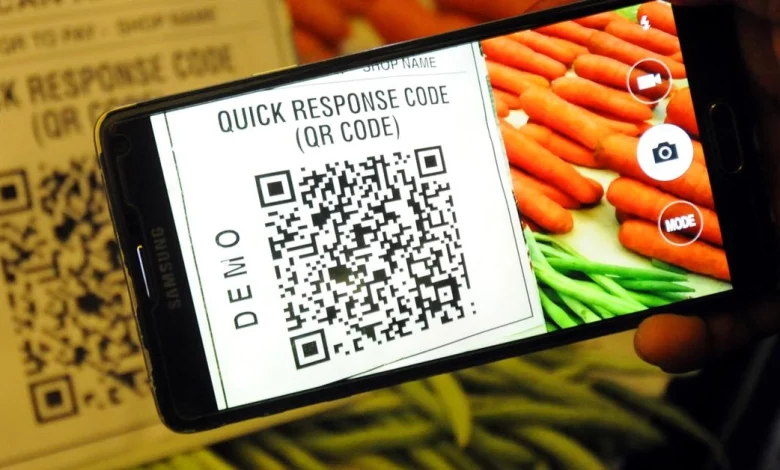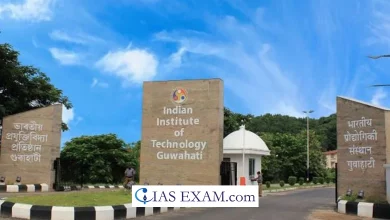Daily Current Affairs for UPSC
Will QR codes improve access to food labels
Syllabus: Science and Technology[GS Paper-3]

Context: The FSSAI in India suggests adding QR codes to food products to make them more accessible to visually impaired people and to ensure the safety of all consumers.
Why is the move important?
- This decision is important because India is a major consumer of packaged foods and is currently experiencing a significant increase in non-communicable diseases, which is a global trend that has been ongoing for the past twenty years.
- The World Health Organization has stated that the increasing popularity of pre-packaged foods can be attributed to factors such as aggressive marketing, affordability, and easy accessibility.
- Consumers have the right to be informed about the specifics of their purchases and to receive the products or services that were promised and advertised to them.
What information will the QR codes provide?
- The FSSAI recommends that the new QR codes should include detailed information about the product such as ingredients, nutritional facts, allergens, manufacturing date, expiration date, allergen warning, and customer contact information.
- The use of a QR code to provide information does not eliminate the need to include mandatory information on the product label as required by regulations.
- The latest advisory addresses two key regulations: the FSSAI’s Food Safety and Standards (Labelling and Display) Regulations, 2020, which specify the required information on food product labels, and the Rights of Persons with Disabilities Act, 2016, which promotes accessibility to healthcare for individuals with disabilities.
How did the QR code come into being?
- A QR code, created in 1994 by Denso Wave, is a type of barcode that can store information in a two-dimensional matrix format and is commonly used for labelling car parts.
- Experts in the market suggest that food manufacturers can enhance their brand reputation, customer loyalty, and operational effectiveness by incorporating QR codes on their food products.
- A paper titled ‘Food literacy & food labelling laws a legal analysis of India’s food policy’ highlights the increasing popularity of aggressively marketed, cheaper, and easily accessible pre-packaged foods that are often high in fat, salt, and sugar among consumers in India.
- In order to stop or manage the spread of NCDs, the FSSAI has implemented various laws and regulations regarding the production, storage, distribution, sale, and import of food and packaging. This is done to ensure that consumers have access to safe and healthy food options.
- The front-pack labelling (FOPL), suggested by FSSAI in 2019, is a crucial approach to inform and guide consumers in their decision-making.
- Experts in the food industry also acknowledge that consumers now value food packaging as much as the product itself.
- The growing use of smartphones among consumers suggests that QR codes are becoming a promising technology to improve the information available to consumers and impact their purchasing decisions.
Conclusion
The FSSAI’s suggestion to add QR codes on food items to assist visually impaired individuals is a positive move towards inclusivity and providing necessary information for safe food decisions.
Source: TH





.png)



